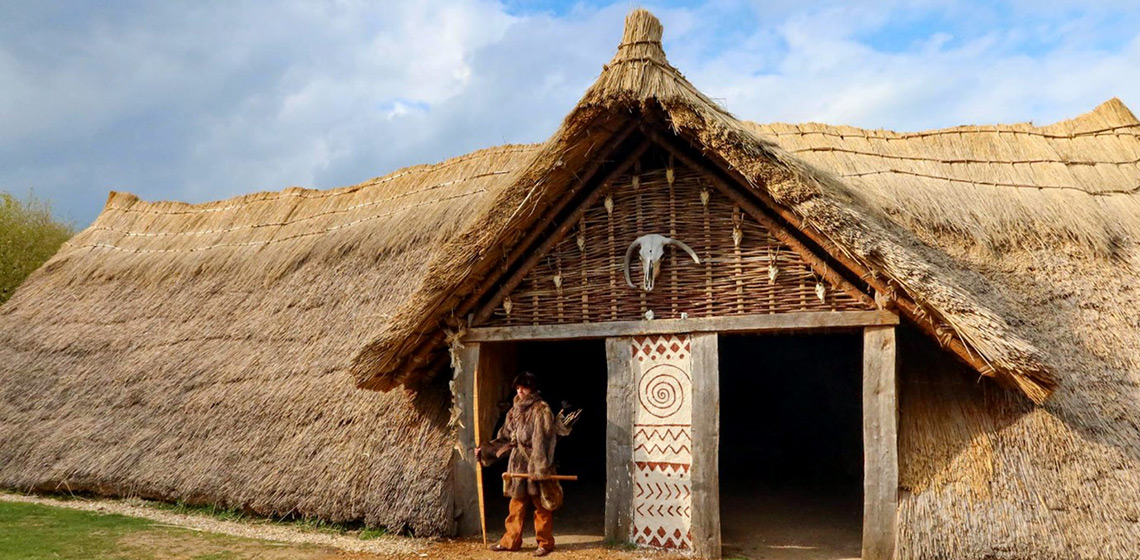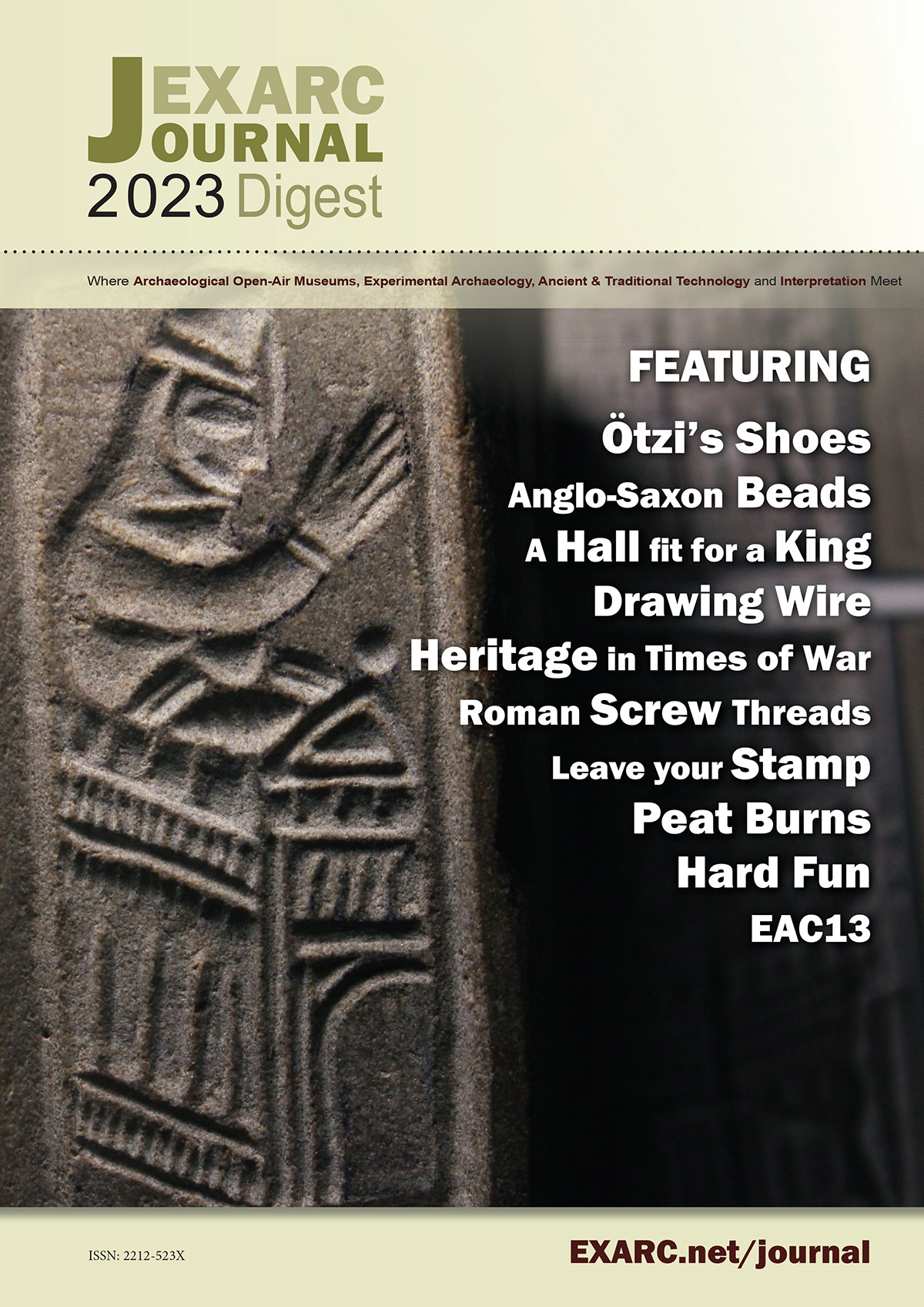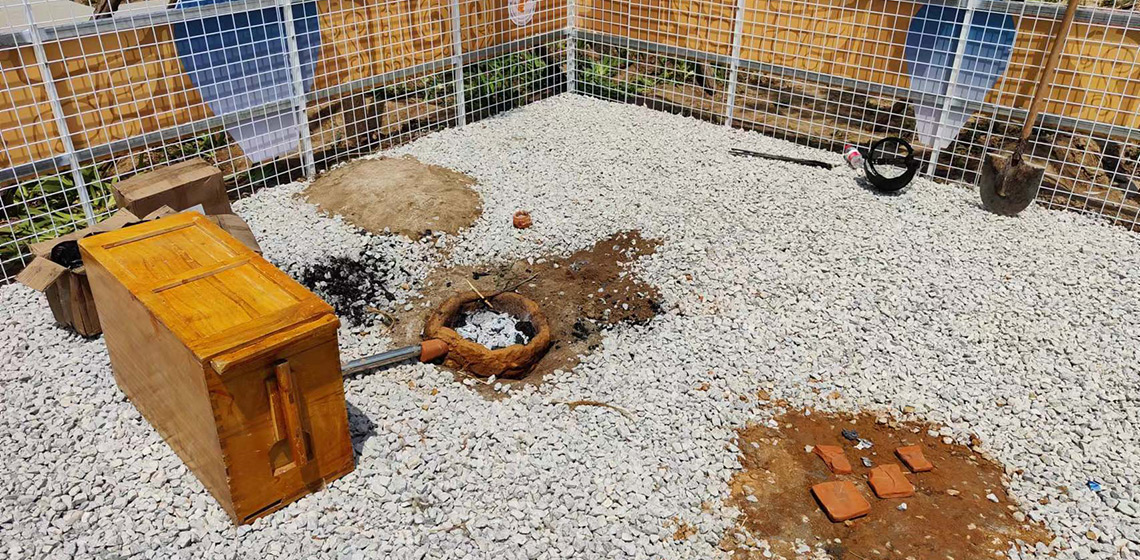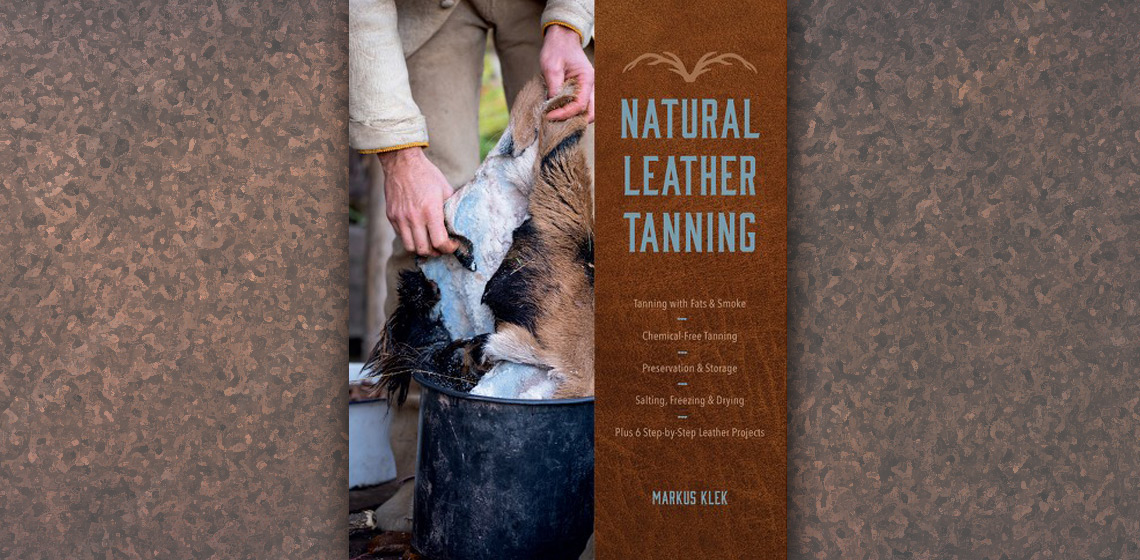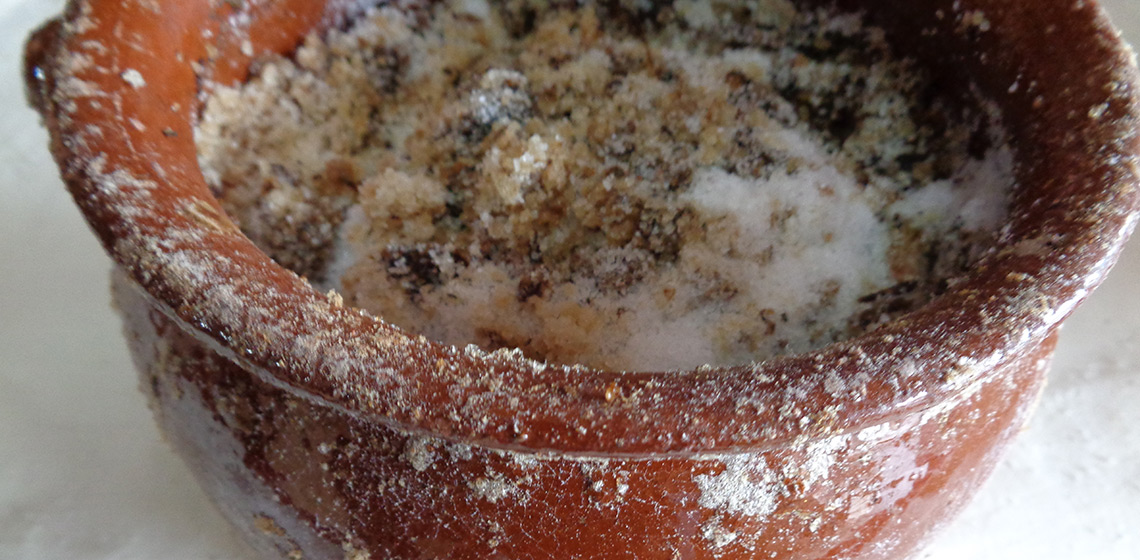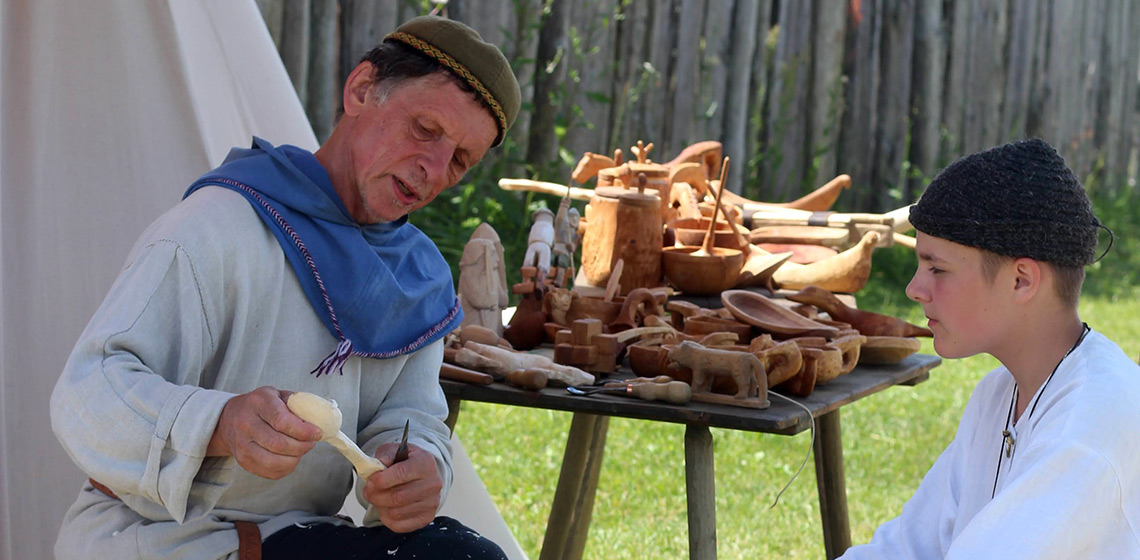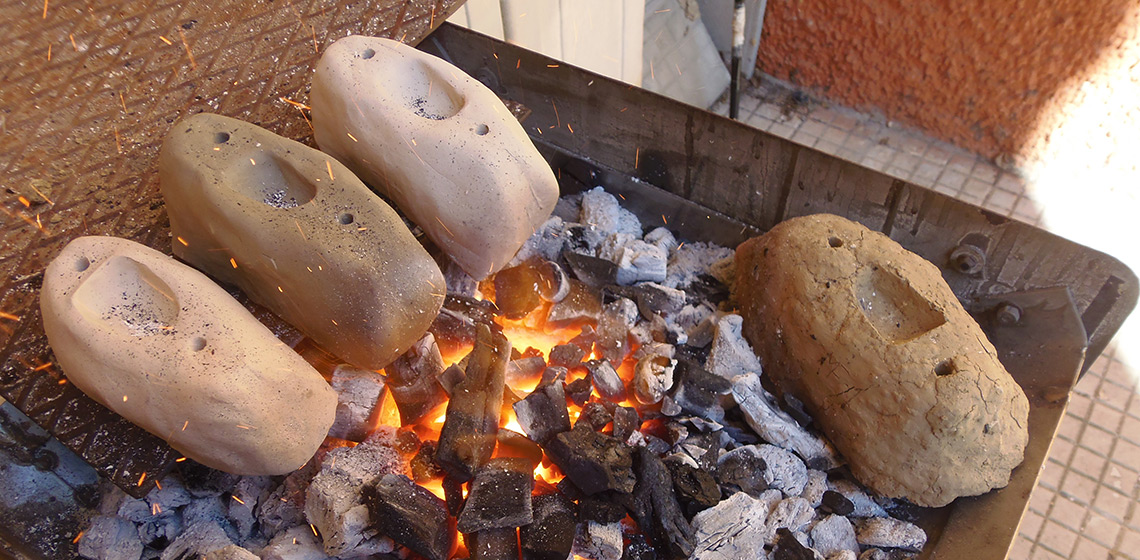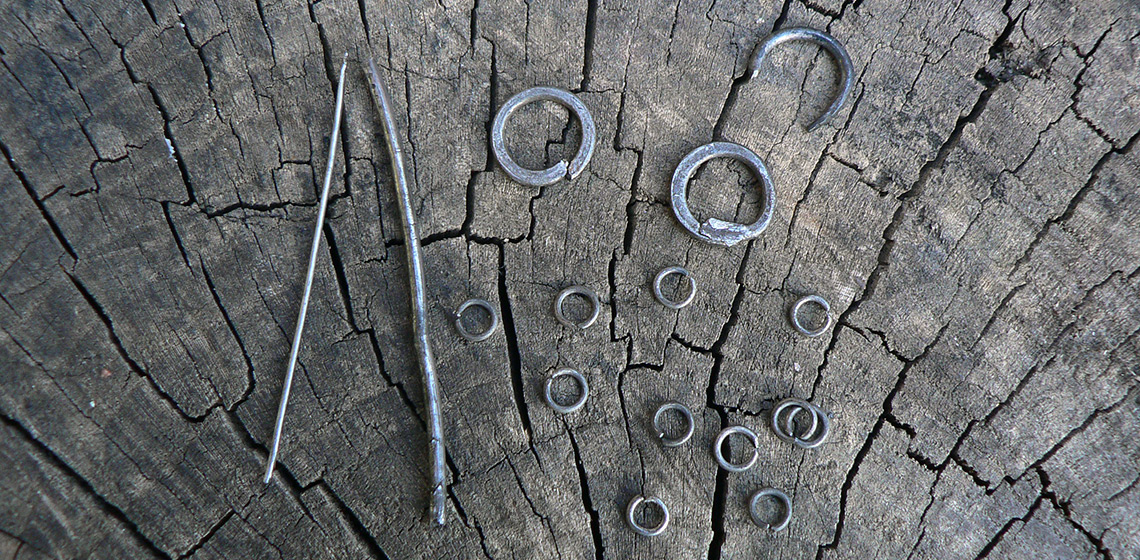EXARC Journal - Latest Articles
Book Review: Natural Leather Tanning by Markus Klek
Garum Sardiniae in Tabula: Rediscovering the Ancient Taste of Roman Cuisine
Event Review: Archaeology Days in Kernave, 2023
NGO "Chorna Galych", Ukraine, first visited Kernave in 2017; this was the second time the NGO participated in this event. The experience of this trip revealed to us new interesting aspects of cultural heritage interpretation methods and became an important starting point for changes in our own attitude to the matter. It was especially interesting to see how the festival and the reserve have changed.
Casting a Copper Age Axe Using a Replica of the Marl Mould Found in Baffoni Cave (AN)
These three artefacts suggested that some kind of metal working had most probably been carried out in the cave: Radmilli first described the mould as “a clay mould for casting… containing a piece of copper” (Radmilli, 1956, pp.
Drawing Wire
Chain mail
It is well known that in the Iron Age wire was made from gold, silver, and copper – but it is a relatively new realization in Northern Europe that wire was also extracted from bog iron ore. Metallurgical insight into how rings in chain mail are made, opened up the possibility of experimental archaeological experiments to learn how the process of making wire, as well as bending and welding it, was carried out in the Iron Age.

 The EXARC Journal (since 2004) is the leading Journal for those involved in
The EXARC Journal (since 2004) is the leading Journal for those involved in 